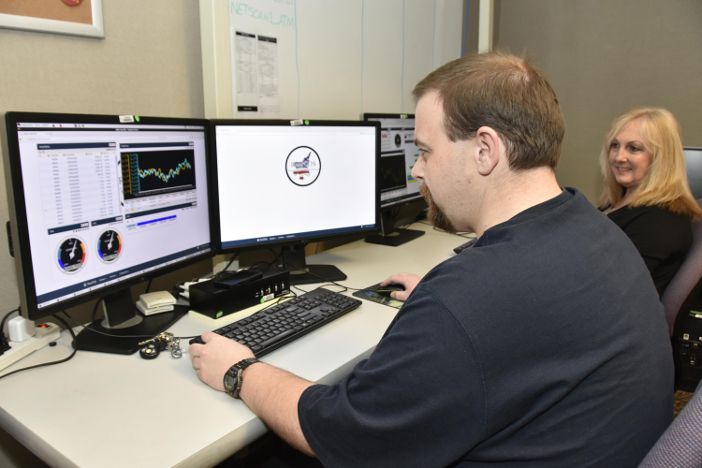New Real-Time Test Display System (RealTDS) at AEDC enables the project team and test customers to view data in real time.
Cameron Liner, chief of Test Information Systems Section for the AEDC Test and Communications Branch, stated that obtaining test data quickly is important in making sure test projects go smoothly: “Data acquisition is a critical component of what makes AEDC of such great value to the US Air Force and our other customers. Being able to view data in real time is key to ensuring data quality, maintaining safe operations and increasing our agility to make course corrections during test.”
Liner added the existing real-time display capabilities at AEDC are based upon old technologies that are increasingly difficult to modify as new requirements emerge.
“Also, the knowledge necessary to effectively maintain our legacy displays has become increasingly difficult to source from our newer computer science and computer engineering graduates,” he said.
The display software runs in a web browser, and a goal of RealTDS was making the software device independent, meaning that it’s not limited to Windows but is also executable on Linux, Apple and Android devices.
“Since web browsing is a device-independent concept, it was a good match,” Liner said. The AEDC Test Information Systems team supporting the RealTDS effort initially ran into challenges with using browser technology.
“Although browsers can efficiently stream video, they are not inherently efficient at updating many small pieces of information on a frequent basis, which is what is required for RealTDS,” explained Liner.
“There are hundreds of individual measurements, alarms and statuses which must be updated multiple times per second in a given browser window. The real-time browser-based nature of RealTDS influenced the toolsets which developers could use. Many of these toolsets are designed to be generic and functional for the majority of applications, at the cost of performance. Where possible, developers customized tools or worked around shortcomings; in others, highly performant custom toolsets had to be created.”
One of the other requirements for the design of RealTDS was to be able to use it as the display package for any data acquisition system without major modification to RealTDS or the system being used.
“The Data Formatter was the team’s solution to meet this requirement,” Liner said. “The Data Formatter is modified to receive the real-time data stream from the data acquisition system and then translates the data into a format understood by RealTDS. This allows the capability to be used as the display system across the base.”
“RealTDS will provide a lower total cost to the owner for AEDC systems because capabilities developed or maintenance actions performed are shared across all mission areas,” he said. “The most important impact is having common look and feel for our test system operations and analysis staff. RealTDS will improve safety of test by standardizing alarm sounds and visual feedback across the complex and allow for flexible staffing by lowering retraining requirements for personnel.”
Paul Wright, an AEDC aeropropulsion test analyst who has used RealTDS, said it is a significant upgrade from what was previously available. “Even though it is still in the early stages of implementation, it is already providing users with functionality that we have desired for a long time,” he said.
“The developers did an excellent job coordinating with the end users to obtain requirements for the system and to understand how the system is actually used on a day-to-day basis. This coordination has resulted in a user-friendly system with similar functionality to legacy systems but with several added features that aid in efficiency and usability. The RealTDS system is a great success story for AEDC as a whole.”
February 23, 2017





